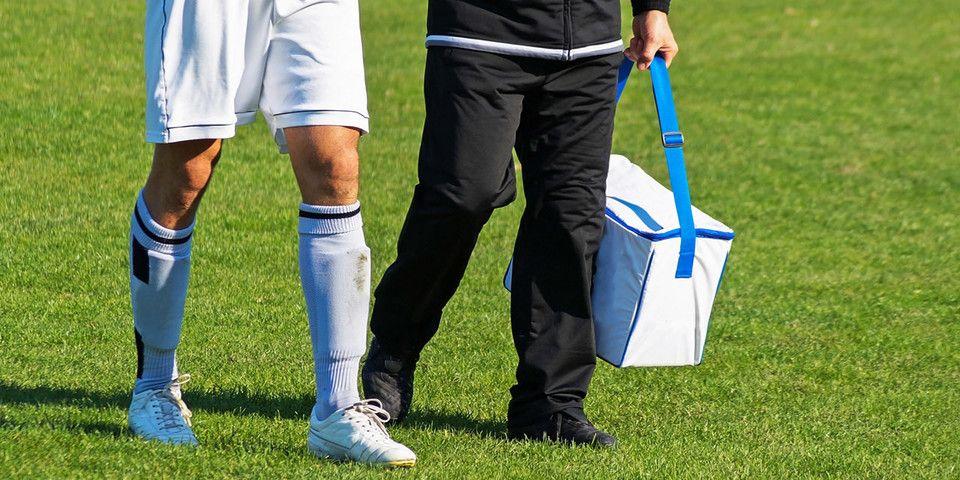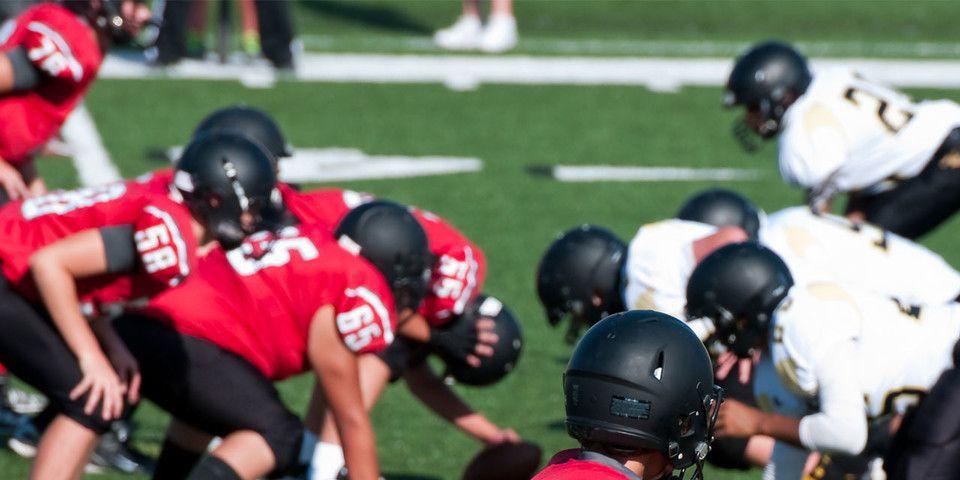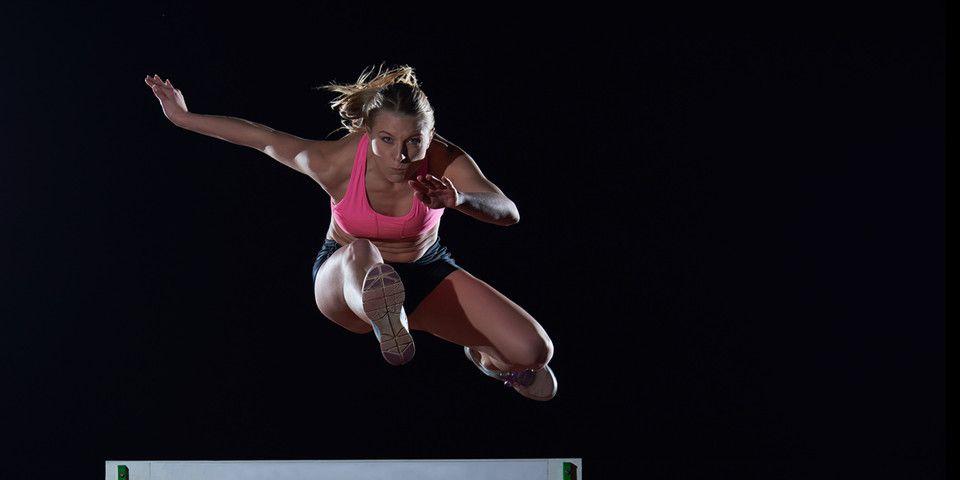Preventing ACL Injury in Women Athletes
ACL Injury is significantly more common in women than in men, so prevention is key for female athletes.
As women athletes continue being more involved in competitive high school, college, professional, and community sports, doctors are seeing an increased rate of anterior cruciate ligament, or ACL injuries. While sometimes associated with a bad tackle in football, more often than not, an ACL injury is caused by flexing, bending, or twisting the knee improperly during a jump or turn. At Rothman Orthopaedic Institute, we believe that education about risk factors and proper technique are the best way to help athletes like you avoid an ACL tear.
What is the Anterior Cruciate Ligament (ACL)?
The ACL is the main ligament in the center of the knee. It runs from the back of the femur (thigh bone) to the front of the tibia (shin bone). It assists in proper movement of the knee joint and prevents the tibia from shifting out from underneath femur. Abnormal slippage can create an unstable knee that “gives way” during activity, especially cutting and pivoting.
How is the ACL injured, and how common are these injuries?
he ACL is most commonly injured during a pivoting or twisting motion of the knee when the foot is planted on the ground. This can occur during a variety of different sports, including lacrosse, soccer, basketball, rugby or skiing, most commonly during “non-contact” activities. A direct blow, hyperflexion, or hyperextension of the knee can also cause an ACL injury.
More than 250,000 ACL injuries occur each year in the United States, with ACL reconstruction becoming one of the most common surgeries performed by orthopaedists. This is why ACL injury prevention is an important issue, especially for female athletes.
What are the risk factors of ACL injury, and why are women at greater risk?
There are a number of elements that have been investigated as possible risk factors for ACL injuries. These include anatomic factors, such as the size of the ACL or the size of the notch (space inside the knee for the ACL); hormonal factors, such as estrogen levels, and biomechanical factors, such as muscle strength, endurance, and control.
Several studies have shown that female athletes are at 2 to 4 times higher risk for ACL tears than males. There are a variety of influences that likely contribute to the increased possibility of an ACL tear in women, but the most likely reason is biomechanical differences between men and women. This includes muscle strength and endurance. The difference in body mechanics between male and female athletes when jumping and landing is also a large component in the higher prevalence of ACL injury in girls and women.
What are the factors that contribute to ACL tears when jumping and landing?
Several studies that have evaluated men and women during jumping and pivoting activities have shown that women appear to land with less knee and hip flexion, landing with knock knees, internal rotation of the hip and external rotation of the tibia, less knee joint stiffness, and high quadricep activity relative to hamstring activity (“quadriceps dominant contraction”). ACL Injury Prevention Programs are designed to address these factors.
What can I do to prevent sustaining an ACL injury?
There are several steps you can take to can help you prevent an ACL injury. These include:
-
Warm up and stretch.
-
Make sure you warm up and stretch your muscles and joints before practice and competition.
-
-
Focus on your technique.
-
When you play a sport or exercise, technique is crucial for preventing injury, especially to your ACL. Make sure that you keep your body lined up. Your chest should be high center over your knees, your knees should be over your toes, and your toes should point straight forward.
-
Avoid landing or planting your feet with your knees stiff, or angled together. Women tend to direct their bodies using their trunk, or upper body. For good technique, your whole body should move and bend together.
-
-
Work on strength and flexibility.
-
Working on your core and your joints strength can help avoid injuries. Exercises like squats, lunges, and planks, when done correctly, can help build strength, especially in your upper leg muscles, and prevent injury.
-
-
Working with a trainer to make sure that you’re using proper technique and strengthening your body evenly.
Whether you’re looking at your overall orthopaedic health, or you have already sustained an injury, Rothman Orthopaedic Institute is here to help. For more information, please visit us here or contact us at 1-800-321-9999.
Related Specialties
Related Programs
-

Athletic Training- Sport Medicine Outreach
Our Field Athletic Trainers provide direct sports medicine care to youth, high school, college and professional athletes. Rothman AT’s provide athletic training services throughout Southeastern PA to interscholastic high schools, colleges, as well as tournaments and special events.Read More -

Injury Prevention Program
The Injury Prevention Program at the Rothman Orthopaedic Institute is dedicated to the prevention of injuries from athletic participation, particularly youth sports.Read More -

Women’s Sports Medicine Program
The Women’s Sports Medicine Program at the Rothman Orthopaedic Institute is the first of its kind in the Philadelphia metro area and one of only several such programs specializing in the comprehensive care of the female athlete in the country.Read More




